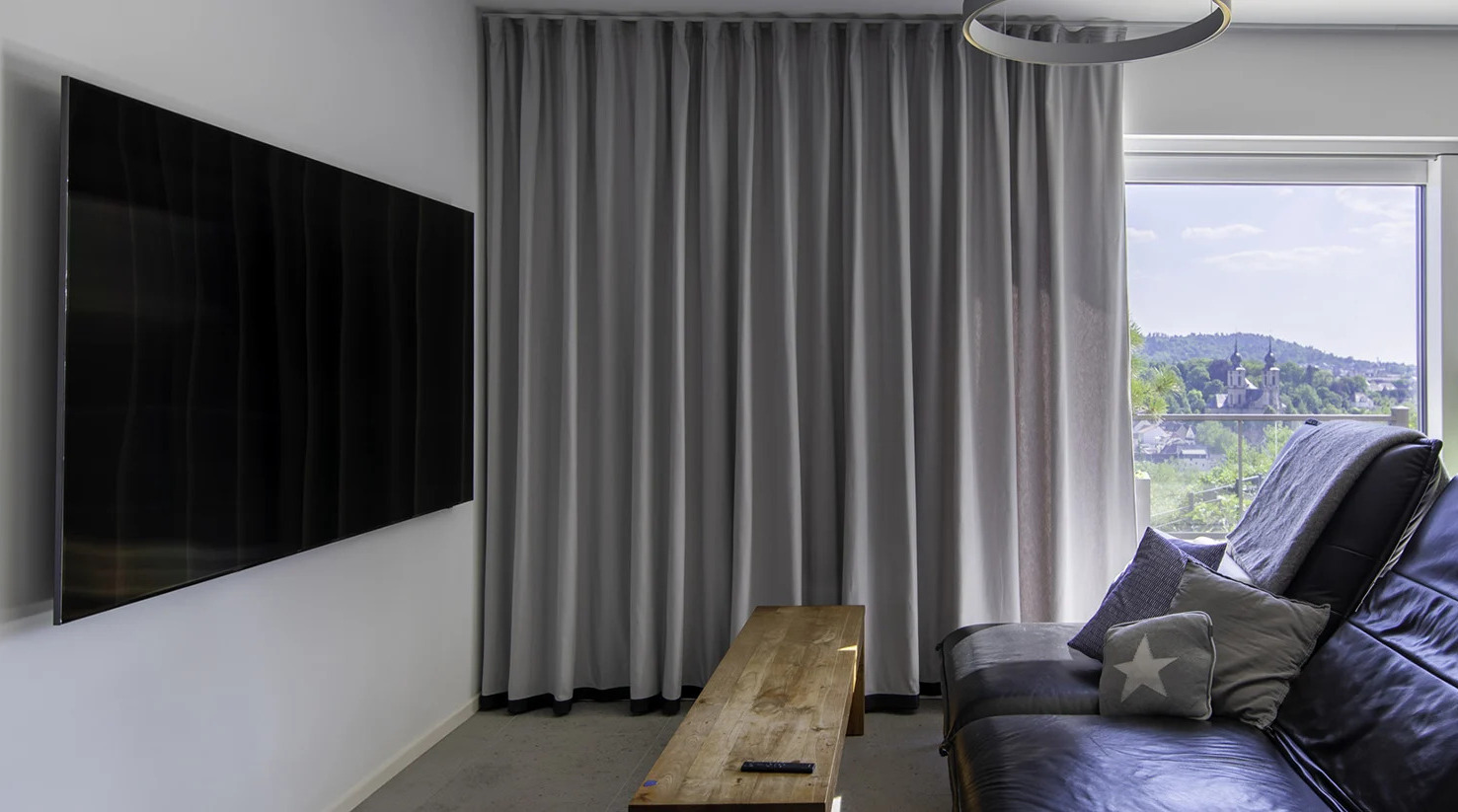

Articles
How To Hang Heavy Curtains On Drywall
Modified: February 29, 2024
Learn how to hang heavy curtains on drywall with our informative articles. Get expert tips and tricks for ensuring a secure and stylish installation.
(Many of the links in this article redirect to a specific reviewed product. Your purchase of these products through affiliate links helps to generate commission for Storables.com, at no extra cost. Learn more)
Introduction
When it comes to home decor, curtains play a crucial role in adding style, privacy, and functionality to a space. However, hanging heavy curtains can be a bit challenging, especially on drywall. The last thing you want is for your beautiful curtains to come crashing down, causing damage to your walls. But fret not! In this article, we will guide you through the step-by-step process of hanging heavy curtains on drywall, providing you with the knowledge and confidence to complete this task successfully.
Before we dive into the process, it’s essential to gather the necessary tools and materials. Having everything you need at the start will make the installation smoother and more efficient. So, let’s get started!
Key Takeaways:
- Hanging heavy curtains on drywall requires careful planning and the right tools. From measuring and marking to choosing a sturdy curtain rod, each step contributes to a secure and visually appealing installation.
- Checking for stability and making necessary adjustments are crucial after hanging heavy curtains. Prioritize safety and seek additional support options for long-lasting enjoyment of your stylish home decor.
Read more: How To Hang Temporary Curtains
Step 1: Gather the Necessary Tools and Materials
Before you begin hanging heavy curtains on drywall, it’s important to assemble all the required tools and materials. This will ensure that you have everything at hand and won’t need to halt the process midway to search for missing items. The following is a list of the essential tools and materials you will need:
- Measuring tape: This will help you accurately measure the length and height of your curtains and determine the placement of the curtain rod.
- Pencil or marker: To mark the spots where you will install the curtain rod brackets.
- Stud finder: This tool will help you locate the studs in the wall, which provide added support for hanging heavy curtains.
- Electric drill: You will use this to pre-drill holes for the curtain rod brackets.
- Screwdriver: To attach the curtain rod brackets and secure the curtain rod.
- Level: This tool will ensure that your curtain rod is straight and properly aligned.
- Curtain rod: Choose a sturdy and durable curtain rod that can support the weight of your heavy curtains.
- Curtain rod brackets: Make sure the brackets are strong enough to hold the weight of the curtains and are compatible with your curtain rod.
- Wall anchors: These are necessary if your curtain rod brackets will not be anchored into a stud.
- Screws: Use appropriate screws for attaching the brackets and securing the curtain rod.
- Heavy-duty wall anchors (optional): If you want extra support, consider using heavy-duty wall anchors for added stability.
Once you have gathered all the necessary tools and materials, you’re ready to move on to the next step: choosing the right curtain rod.
Step 2: Choose the Right Curtain Rod
Choosing the right curtain rod is crucial when hanging heavy curtains on drywall. You want to ensure that the rod is strong enough to support the weight of your curtains without sagging or causing damage to the wall. Here are some factors to consider when selecting the right curtain rod:
- Weight Capacity: Check the weight capacity of the curtain rod to ensure it can handle the weight of your curtains. It’s always better to choose a rod with a higher weight capacity to be on the safe side.
- Material: Curtain rods come in various materials such as metal, wood, or plastic. For heavy curtains, it’s best to opt for a sturdy material like metal or wood as they provide better support.
- Length: Measure the width of your window or the area where the curtains will hang. Choose a curtain rod that is slightly wider than the window to allow the curtains to open and close smoothly without blocking the view.
- Adjustability: Consider whether you need an adjustable curtain rod to accommodate different curtain sizes or if a fixed length rod will suffice.
Once you have chosen the right curtain rod, you can proceed to the next step: locating the studs in the wall.
Step 3: Locate the Studs in the Wall
Locating the studs in the wall is essential for hanging heavy curtains on drywall. Studs are vertical wooden or metal beams behind the drywall that provide structural support. By attaching the curtain rod brackets to the studs, you ensure that the curtains are securely held in place. To locate the studs, follow these steps:
- Start by using a stud finder. Place it against the wall and slowly move it horizontally until it beeps or indicates the presence of a stud. Take note of the stud’s location.
- To confirm the stud’s position, tap the wall lightly with your knuckles. A solid and sturdy sound indicates a stud, while a hollow sound means there is no stud.
- Repeat the process along the wall, making sure to mark the locations of the studs with a pencil or marker.
If you are unable to find a stud in the desired curtain rod placement area, you may need to use wall anchors for added support. Wall anchors are designed to provide stability when there is no stud available. However, it’s essential to choose heavy-duty wall anchors suitable for the weight of your curtains.
Once you have identified the position of the studs, you can proceed to the next step: measuring and marking the curtain rod placement.
Step 4: Measure and Mark the Curtain Rod Placement
Accurate measurement and proper positioning of the curtain rod are crucial for a well-installed and visually appealing result. Follow these steps to measure and mark the curtain rod placement:
- Measure the width of your window or the area where the curtains will hang. Add a few inches on each side for a better visual effect and to allow the curtains to fully cover the window when closed.
- Using a measuring tape, measure the desired height at which you want the curtains to hang. This can vary depending on personal preference and the style of your curtains.
- Mark the measurements with a pencil or marker on the wall, ensuring that the marks are level and evenly spaced. You can use a level or a straightedge to ensure accuracy.
By marking the measurements on the wall, you will have a clear guide for installing the curtain rod brackets in the next step. Make sure to double-check your measurements before proceeding.
Now that you have marked the curtain rod placement, you can move on to the next step: pre-drilling holes for the curtain rod brackets.
Read more: How To Hang Curtain Lights Over Curtains
Step 5: Pre-drill Holes for the Curtain Rod Brackets
Pre-drilling holes for the curtain rod brackets is an important step in ensuring a secure and stable installation. Follow these steps to pre-drill the holes:
- Using an electric drill with a drill bit that is slightly smaller than the screws you will be using, carefully pre-drill holes at the marked positions for the curtain rod brackets.
- Make sure to drill straight and not too deep. The depth should be enough to accommodate the screws without protruding through the drywall.
- If you are drilling into a stud, ensure that the holes are centered on the stud for maximum stability. If using wall anchors, follow the manufacturer’s instructions for proper placement.
- After pre-drilling all the necessary holes, use a brush or cloth to remove any dust or debris from the holes and surrounding area.
By pre-drilling the holes, you will make it easier to attach the curtain rod brackets securely and minimize the risk of damaging the drywall. Once the holes are pre-drilled, you can proceed to the next step: installing the curtain rod brackets.
Use heavy-duty drywall anchors and screws to securely hang heavy curtains. Make sure to distribute the weight evenly across the wall and use a level to ensure the curtains hang straight.
Step 6: Install the Curtain Rod Brackets
Installing the curtain rod brackets is a crucial step in securely hanging heavy curtains on drywall. Follow these steps to install the brackets:
- Take the curtain rod brackets and align them with the pre-drilled holes on the wall.
- Ensure that the brackets are level and evenly spaced. Use a level or a straightedge to double-check the alignment.
- If you are installing the brackets into a stud, use a screwdriver to drive the screws through the bracket holes and into the stud. Make sure the screws are tight and secure.
- If you are using wall anchors, follow the manufacturer’s instructions for installation. Insert the anchors into the pre-drilled holes and then use a screwdriver to drive the screws into the anchors.
- Repeat the process for each curtain rod bracket, making sure they are all securely fastened to the wall.
By properly installing the curtain rod brackets, you ensure that the curtains will be well-supported and stable. Take your time and ensure that each bracket is securely attached before proceeding to the next step.
With the curtain rod brackets installed, you are now ready to move on to the next step: attaching the curtain rod.
Step 7: Attach the Curtain Rod to the Brackets
Now that the curtain rod brackets are securely in place, it’s time to attach the curtain rod. Follow these steps to attach the curtain rod to the brackets:
- Place the curtain rod onto the brackets, ensuring that it rests securely in the brackets’ center supports.
- Double-check to make sure that the rod is level. Use a spirit level or a ruler to ensure it is straight.
- Adjust the position of the curtains on the rod, making sure they hang evenly on both sides.
- If your curtain rod has any locking mechanisms or screws, tighten them securely to hold the rod in place.
Once the curtain rod is attached and properly aligned, give it a gentle shake or tug to ensure it is stable and secure. If the rod feels unstable, double-check the installation of the brackets and make any necessary adjustments.
With the curtain rod securely in place, it’s time for the final step: hanging the heavy curtains.
Step 8: Hang the Heavy Curtains
Now that the curtain rod is securely attached, it’s time to hang your heavy curtains. Follow these steps to hang the curtains:
- Start by carefully sliding the curtains onto the curtain rod.
- As you slide the curtains onto the rod, evenly distribute the weight to ensure the curtains hang uniformly.
- Once the curtains are properly positioned on the rod, gently push the rod into the brackets until it is snug and secure.
- Give the curtains a gentle tug to make sure they are securely attached to the rod and won’t easily come off.
Once the heavy curtains are successfully hung, take a step back and ensure that they are properly aligned and hang evenly on both sides of the window. Adjust the curtains if necessary to achieve the desired appearance.
With the heavy curtains hanging beautifully, it’s time for the final step: checking for stability and making any necessary adjustments.
Read more: How To Hang Swag Curtains
Step 9: Check for Stability and Adjust if Needed
After hanging the heavy curtains, it’s important to check for stability to ensure that they are properly supported and won’t come crashing down. Follow these steps to check for stability and make any necessary adjustments:
- Gently tug on the curtains to test their stability. If they feel loose or wobbly, it’s a sign that the curtain rod or brackets may need adjustment.
- Inspect the curtain rod brackets to ensure they are securely fastened to the wall. Tighten any screws or bolts that may have become loose during the installation process.
- If the curtains still feel unstable, double-check the alignment of the curtain rod. It should be level and properly centered on the brackets.
- If needed, reposition the curtains on the rod to redistribute the weight and achieve better balance.
- Consider using additional support options such as curtain rod center brackets or heavy-duty wall anchors for added stability, especially for exceptionally heavy curtains.
By checking for stability and making any necessary adjustments, you ensure that your heavy curtains are properly supported and will stay securely in place for long-lasting enjoyment.
Congratulations! You have successfully hung heavy curtains on drywall. Now you can sit back, relax, and enjoy the stylish and functional addition to your home decor.
Conclusion
Hanging heavy curtains on drywall may seem like a daunting task, but with the right tools and proper steps, it can be easily accomplished. By following the step-by-step guide outlined in this article, you can ensure a secure and visually appealing installation of your heavy curtains.
From gathering the necessary tools and materials to choosing the right curtain rod, locating studs, measuring, pre-drilling holes, and finally hanging the curtains, each step plays a crucial role in the overall stability and aesthetics of the installation.
Remember to prioritize safety and stability throughout the process. Double-checking your measurements, properly fastening the curtain rod brackets, and making any necessary adjustments are essential for a successful installation. Also, don’t hesitate to seek additional support options, such as heavy-duty wall anchors or center brackets, if needed.
With your heavy curtains securely hanging on the wall, you can enjoy the benefits they bring, such as improved privacy, light control, and enhanced visual appeal to your living space.
So, go ahead and transform your space with the beauty and functionality of heavy curtains on drywall. With the knowledge and confidence gained from this article, you can tackle this task with ease and create a stylish and inviting atmosphere in your home.
Frequently Asked Questions about How To Hang Heavy Curtains On Drywall
Was this page helpful?
At Storables.com, we guarantee accurate and reliable information. Our content, validated by Expert Board Contributors, is crafted following stringent Editorial Policies. We're committed to providing you with well-researched, expert-backed insights for all your informational needs.
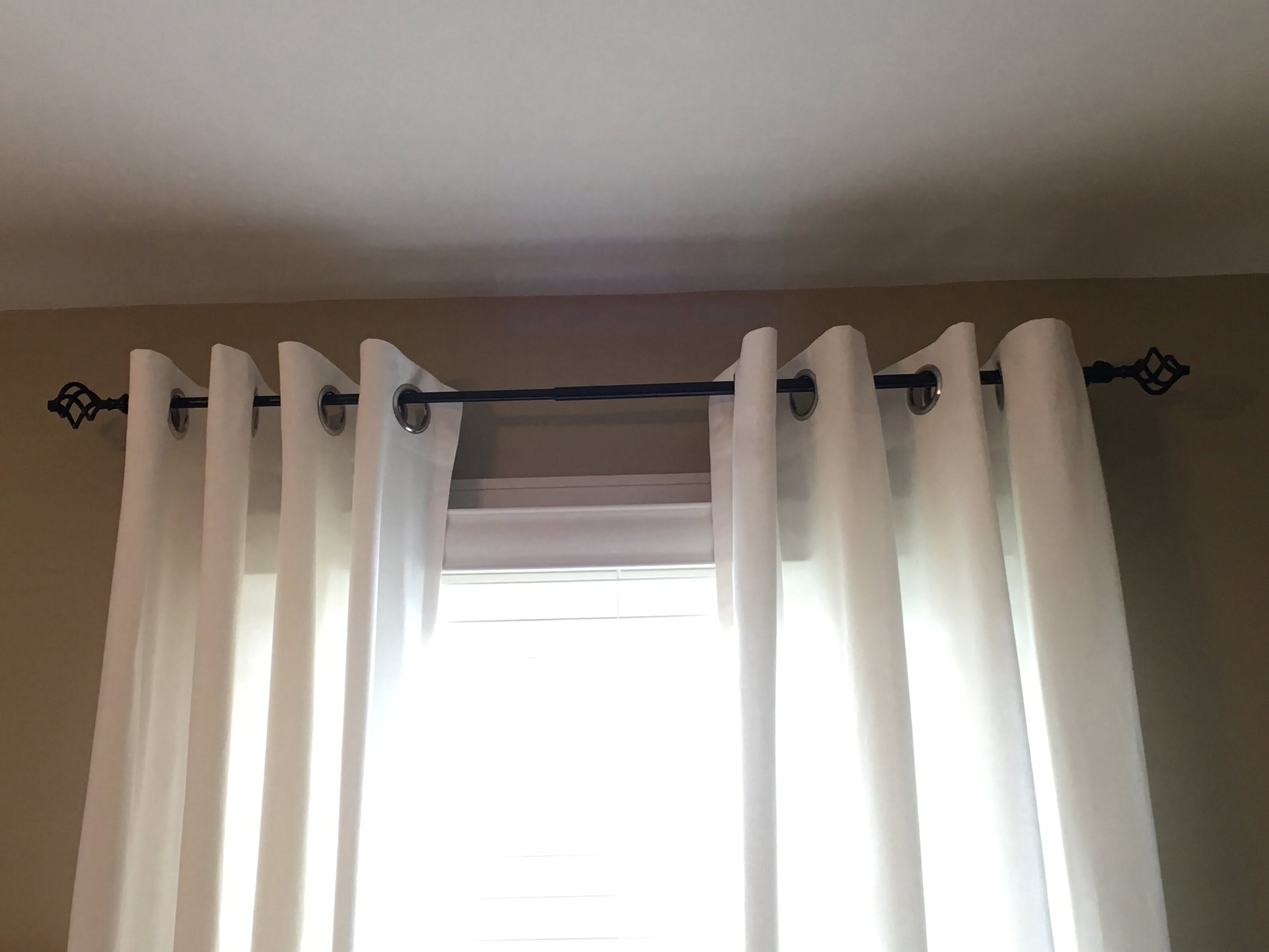
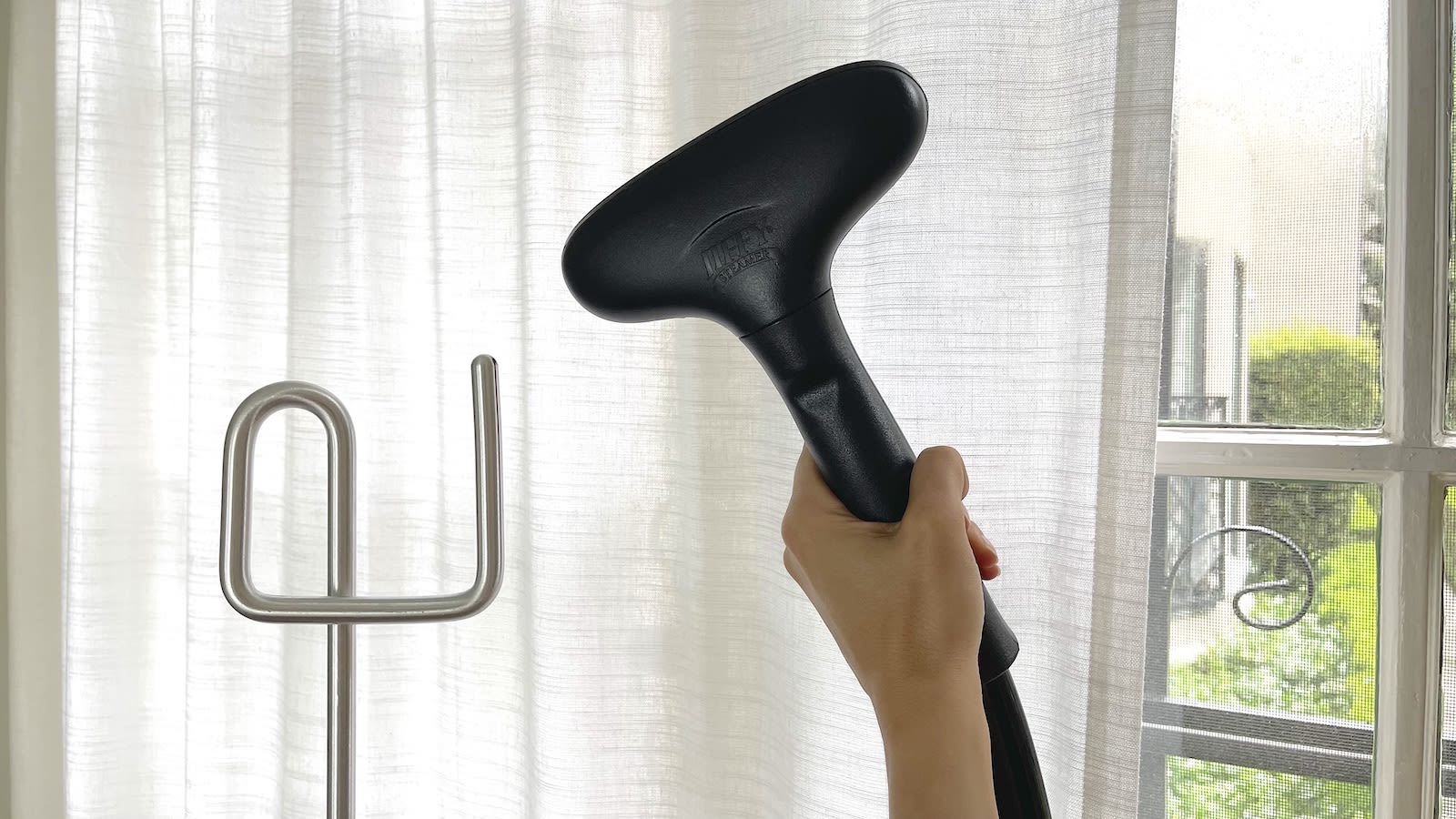
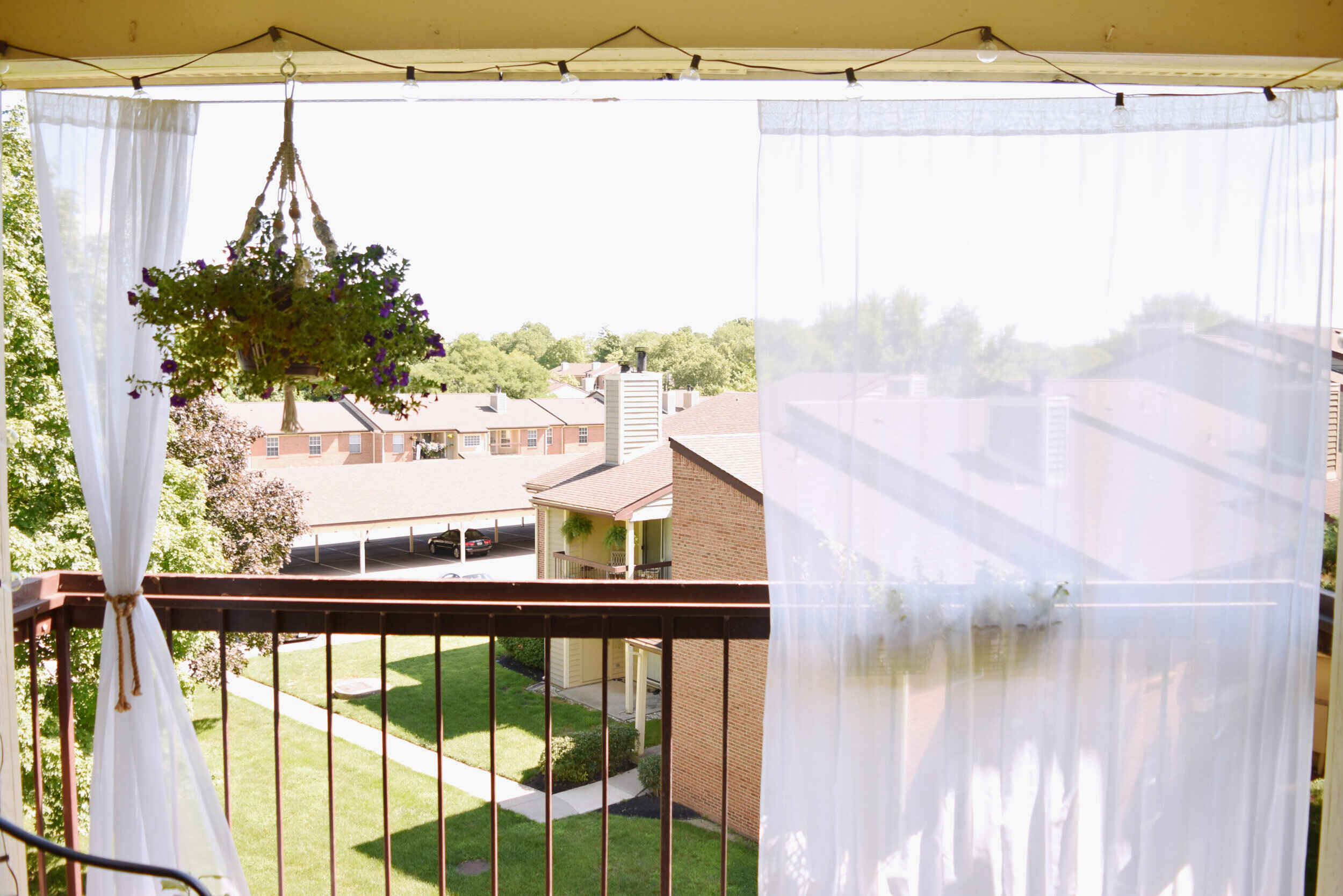
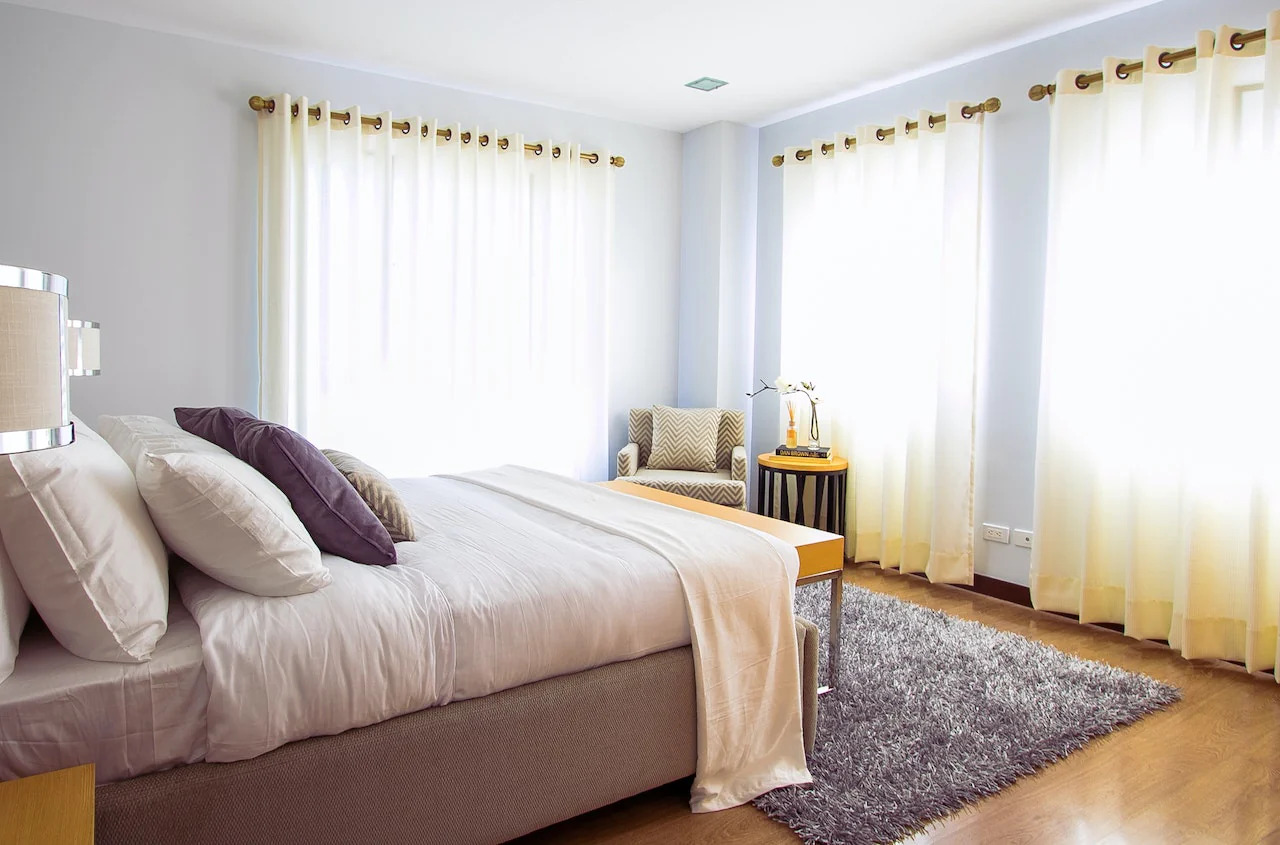
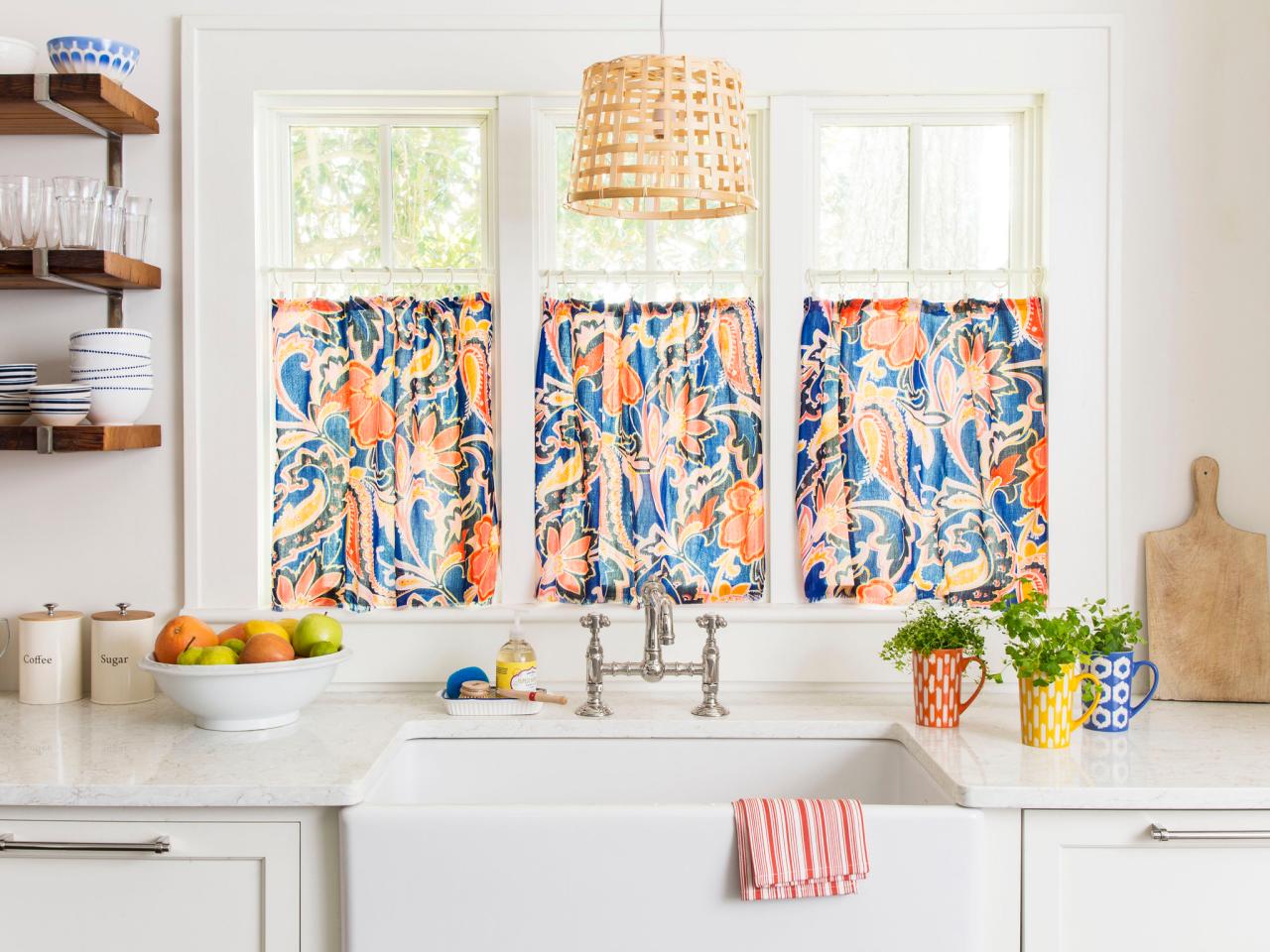
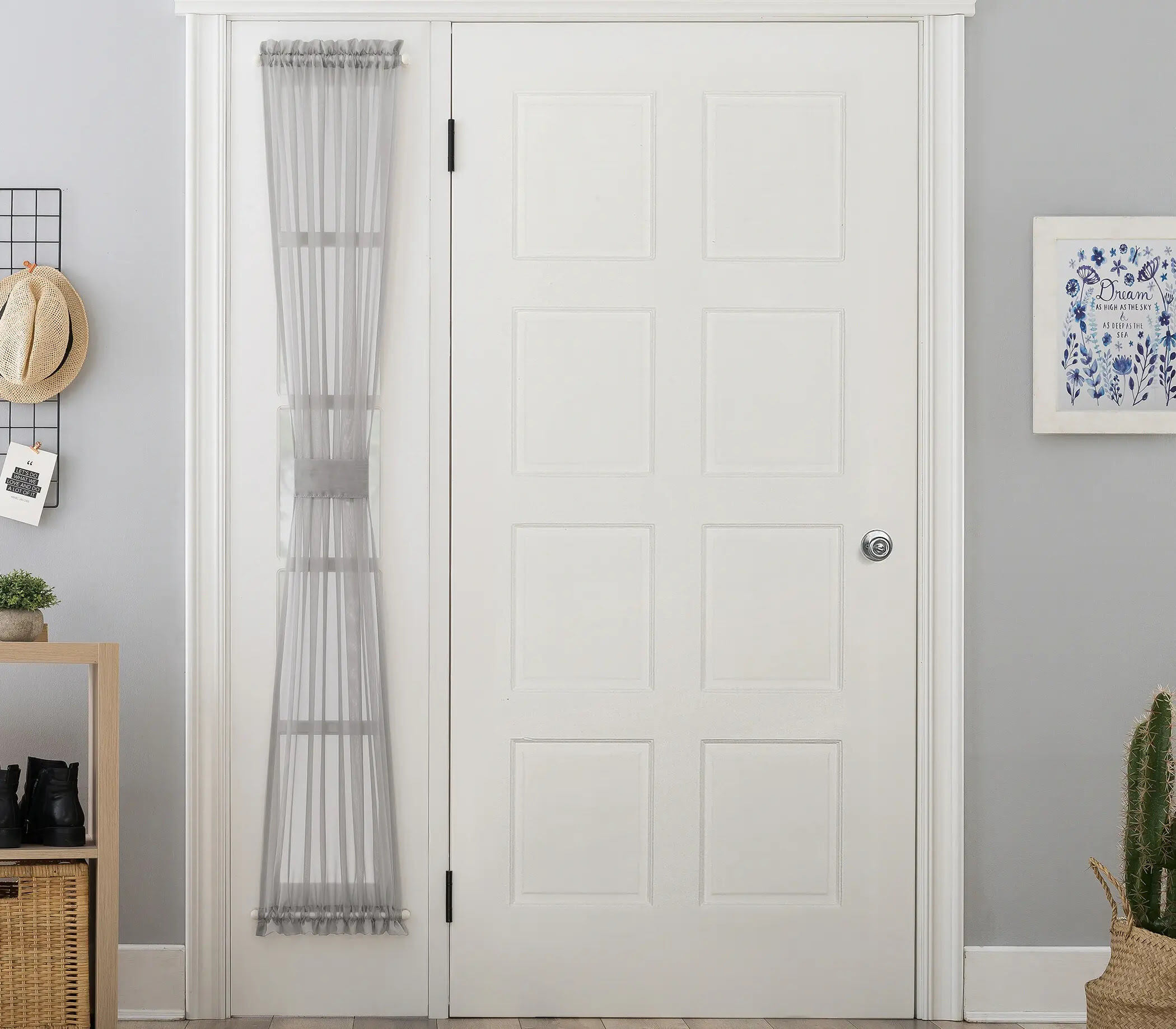
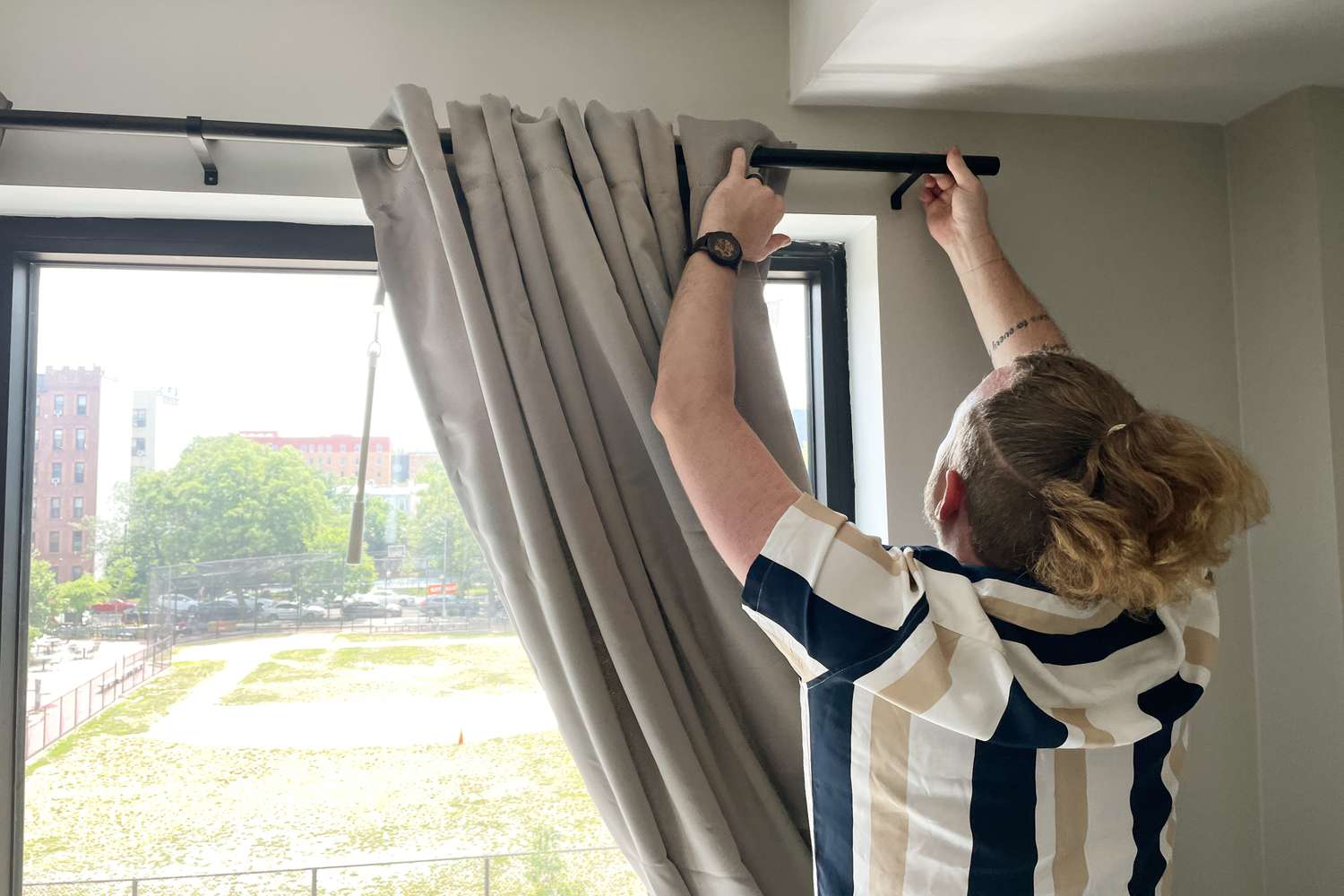
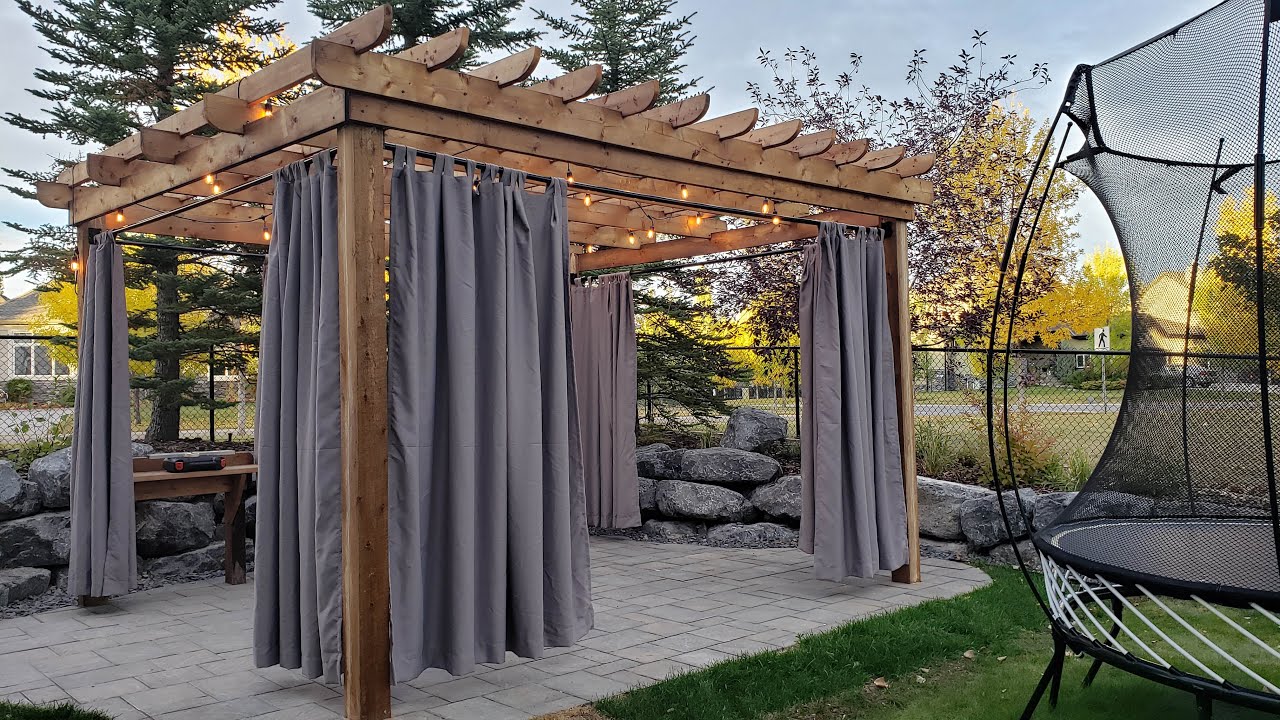
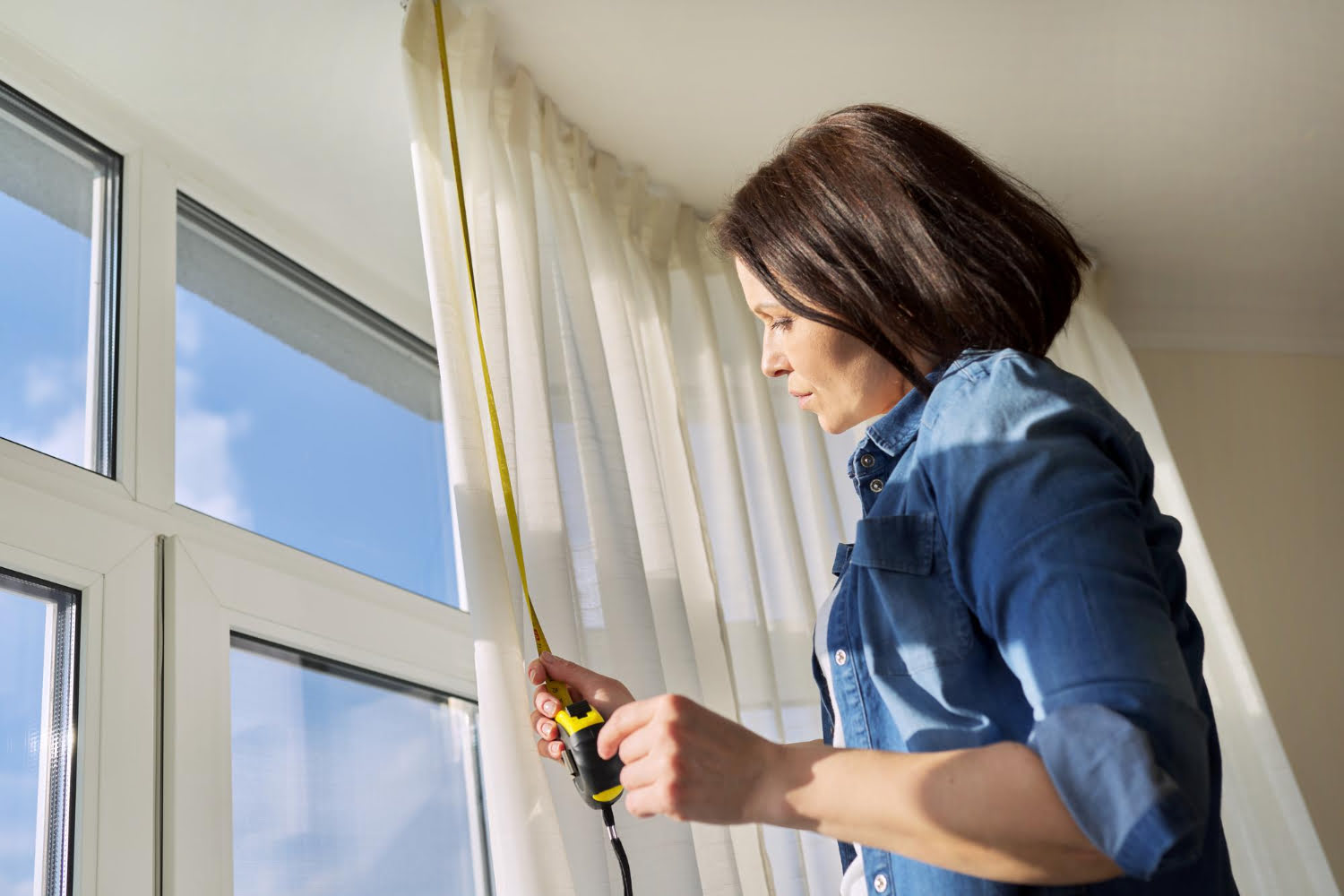



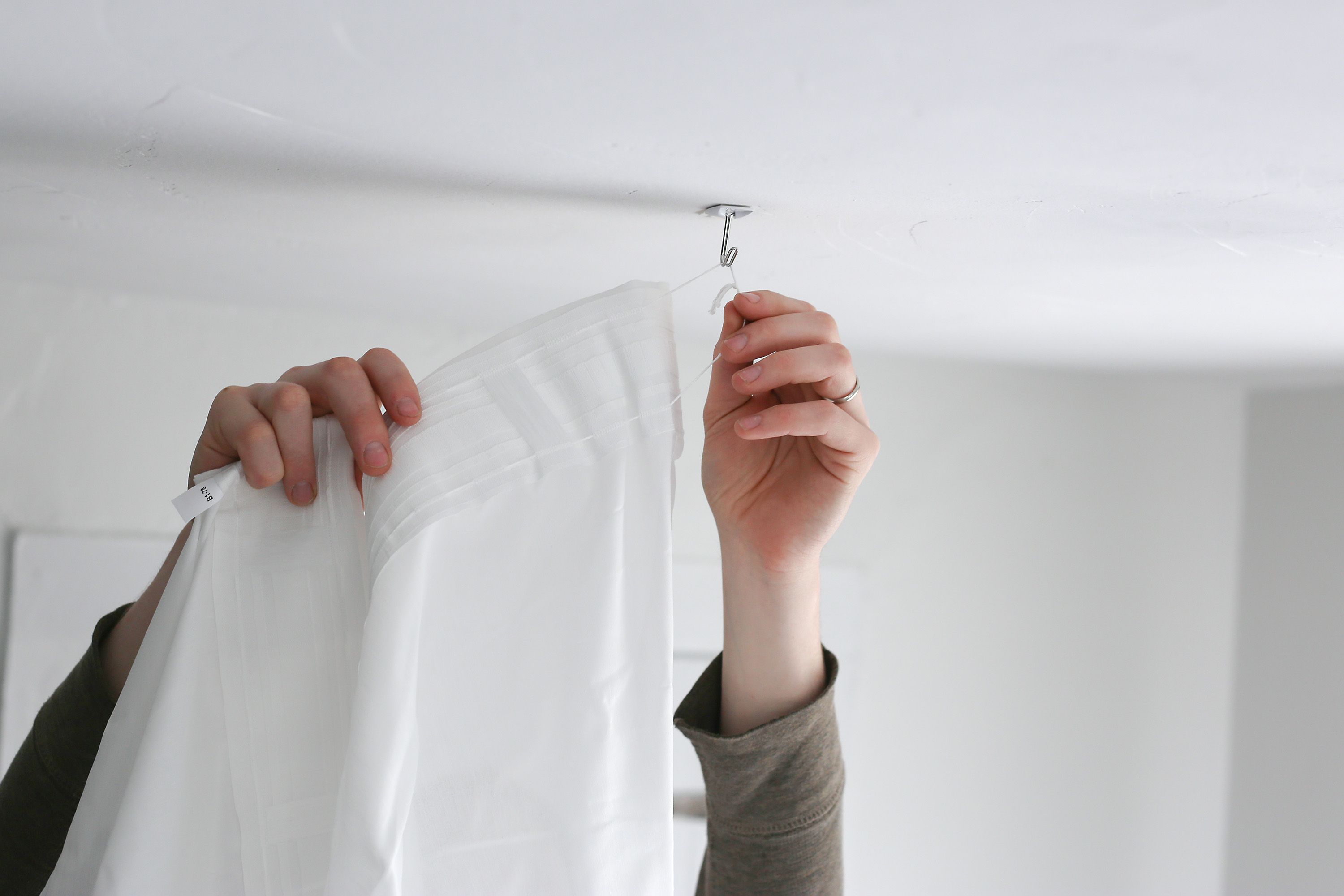

0 thoughts on “How To Hang Heavy Curtains On Drywall”